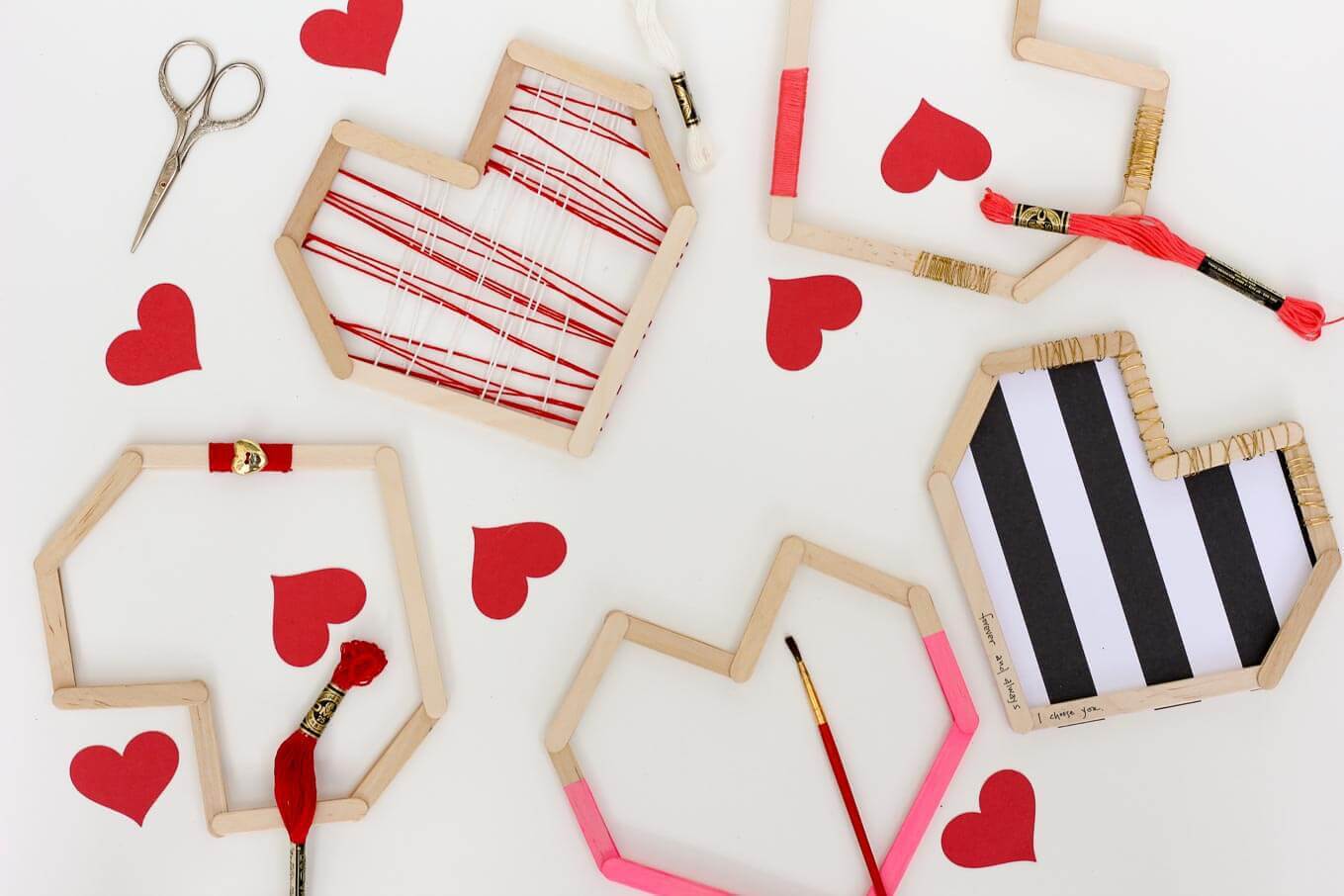
Have you wanted to set up a home worm farm, but been put off by the high cost of purchasing one of the neat “designer label” multi-tiered “vermicomposting” kits, promoted by garden centres and mail order companies? Well, let’s cut through the crap! – ITS ACTUALLY NO SECRET !!! -You can easily make your own DIY three bin kit for a just a few dollars and your worms will be as happy as little pigs in the yellow stuff, with no big bad wolf in sight. Moreover, you don’t need to be an expert handyman to achieve this!
- Hardware stores, supermarkets and camping outlets sell tough, general purpose black (opaque) plastic storage containers for a very reasonable price. These are usually tapered so that they can be nested to facilitate stacking on the retailer’s shelves and come with a “snap-fit”ce lid. For your worm farm, you will need three of these tapered containers (but only one lid). For a simple home worm farm I would advise going for 12 gallon (45 litre) containers. Typically, they will be about 15 inches deep (400mm). You can go smaller, if you want.
- In the first storage container, drill a 3/8 inch (15mm hole), centrally placed, in the side of the bin, just above the base. Insert a ½ inch (12mm) cheap plastic barrel or irrigation tap (with washers) into your hole and tighten fast with lock nuts – make sure you get a good seal – test by filling the container with tap water. This container is to be the lowest one in your stack and will retain the highly nutritional “worm tea” leachate, that will start dripping down from the composting bins above. Worm tea is a valuable liquid organic fertilizer, that can be diluted and used directly on your organic vegetables.
The two upper bins will actually hold the worms. They are to be identical and are prepared as follows : –
- Drill a pattern of ¼ inch (6mm) holes across the entire base of each container for drainage and to allow drainage and the upward migration of the compost worms, these holes should be regularly spaced at approx two inch (50mm) centres in either direction.
- For aeration, drill two rows of ¼ inch (6mm) holes at two inch (50mm) centres, in a continuous band around each of the bins. This band of holes would be about four inches (100mm) below the top rim of the bin.
- It is not essential to drill holes in the lid, which is closed tightly over the upper bin. as you should get enough air through the sides.
- You first set up the lower (sump) bin on bricks or blocks, allowing enough space to tap off the fluid from beneath it. Choose a shady location for the worm farm (in a shed or garage, if you are subject to frosts).
- The second and third bins are “nested” within each other and dropped into the sump bin. To maintain a working space for the worms, and for accumulation of compost, you need a few spacers or packers of about six to eight inches height, between the two upper bins and some smaller packers of about four inches in the lower (sump) bin. You can use wood blocks or sealed food jars for packers. The packers also prevent the tapered worm bins from jamming together.
- To prevent “nasty bugs” from squeezing in between the bins, you should close (caulk) the small gap between them with strips of shade cloth, or mosquito netting.
Now you are ready to go into production. Space prevents us from giving fully detailed notes here for the fine points of operating the system, such as choosing and feeding your worms, eradicating pests and maintaining the worm farm etc – you can visit our website for this information. However, just make sure that you cover the following points: –
- Set up your worms in the top bin with a good (damp) fibrous bedding (or even shredded newspaper) and after a few days you will be ready to start feeding in your kitchen scraps. Cover the food with more bedding material to discourage pests and keep the lid closed.
- Make sure the worm farm is never allowed to dry out, by sprinkling water over the bedding periodically, if there is not already enough moisture coming from the food scraps.
- When the top bin has been fully productive for a while, the worms will multiply and compost will be start accumulating from the worm castings. When the quantity of compost is meaningful, stop putting feed into this bin and swap over the upper two bins by putting bin No 2 to the top of the stack, with bin No 1 now in the middle. Set up this new top bin with clean bedding, a small amount of the old castings and immediately start feeding your kitchen scraps into it. The worms will naturally migrate upwards towards the new food source, leaving the lower bin with only a few stragglers and ready for the harvesting of your compost within about three weeks after the swap.
- All you need to do is to keep repeating the process of alternating the top two bins on a regular basis, taking out the compost, whenever it accumulates, and tapping off the worm tea from time to time. Use both products in your garden and grow delicious fully organic vegetables and stunning roses. Sit back and enjoy the fruit of your labours – your worms are doing most of the work anyway!
To see a detailed diagram of this simple worm farm, as described, and some illustrative photos, you can visit our web site at http://www.working-worms.com/
Happy worming!






